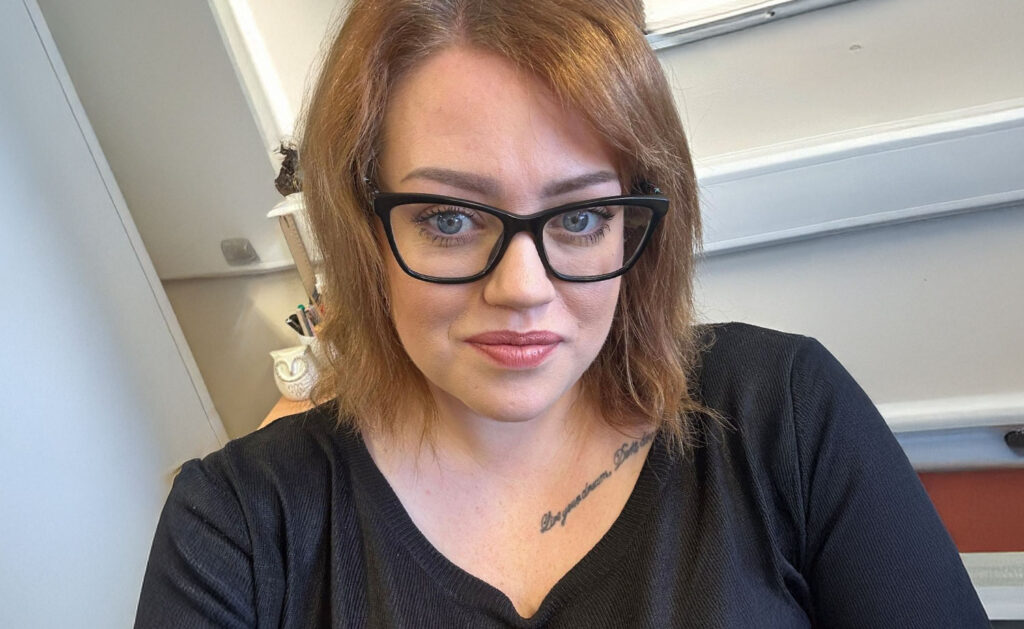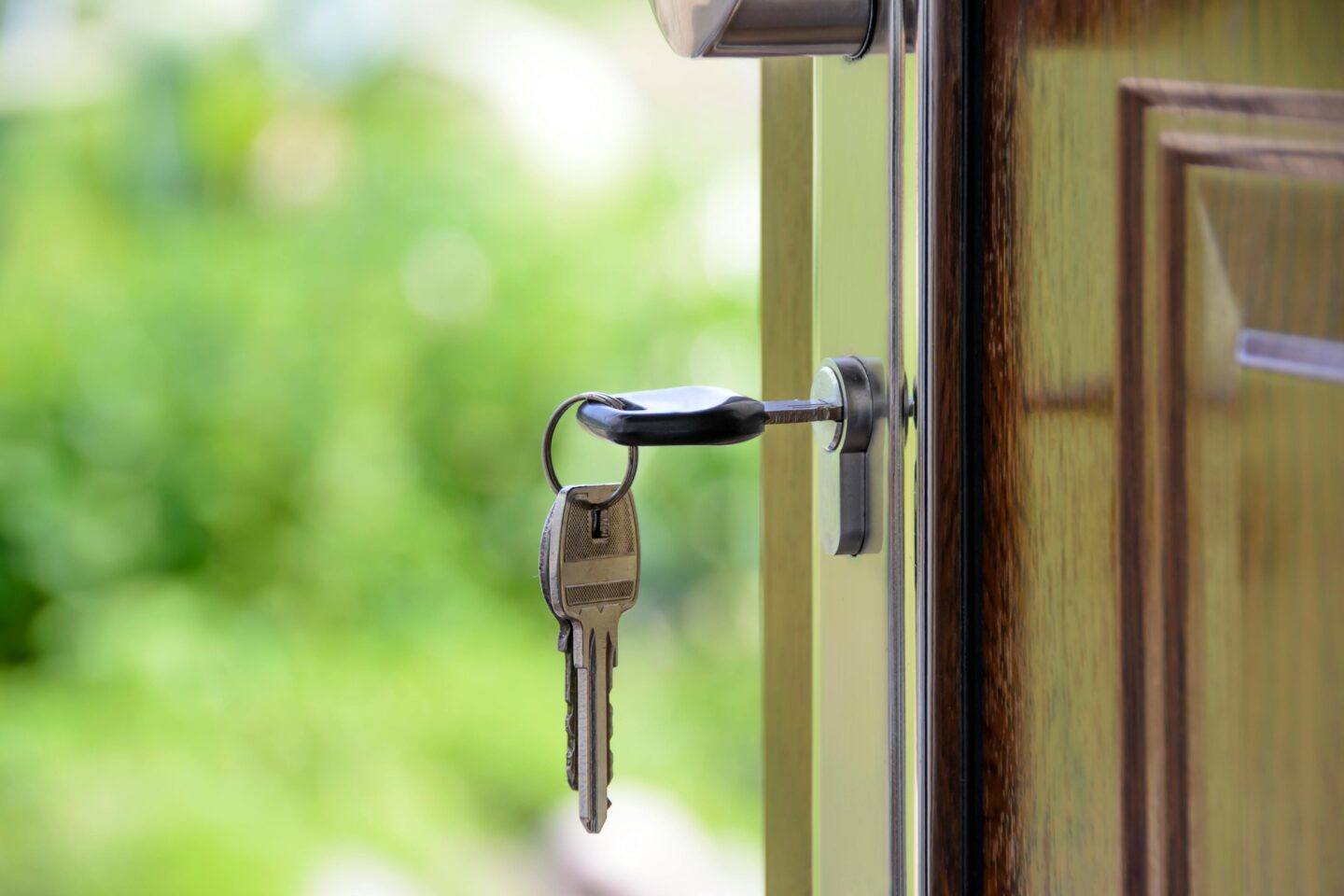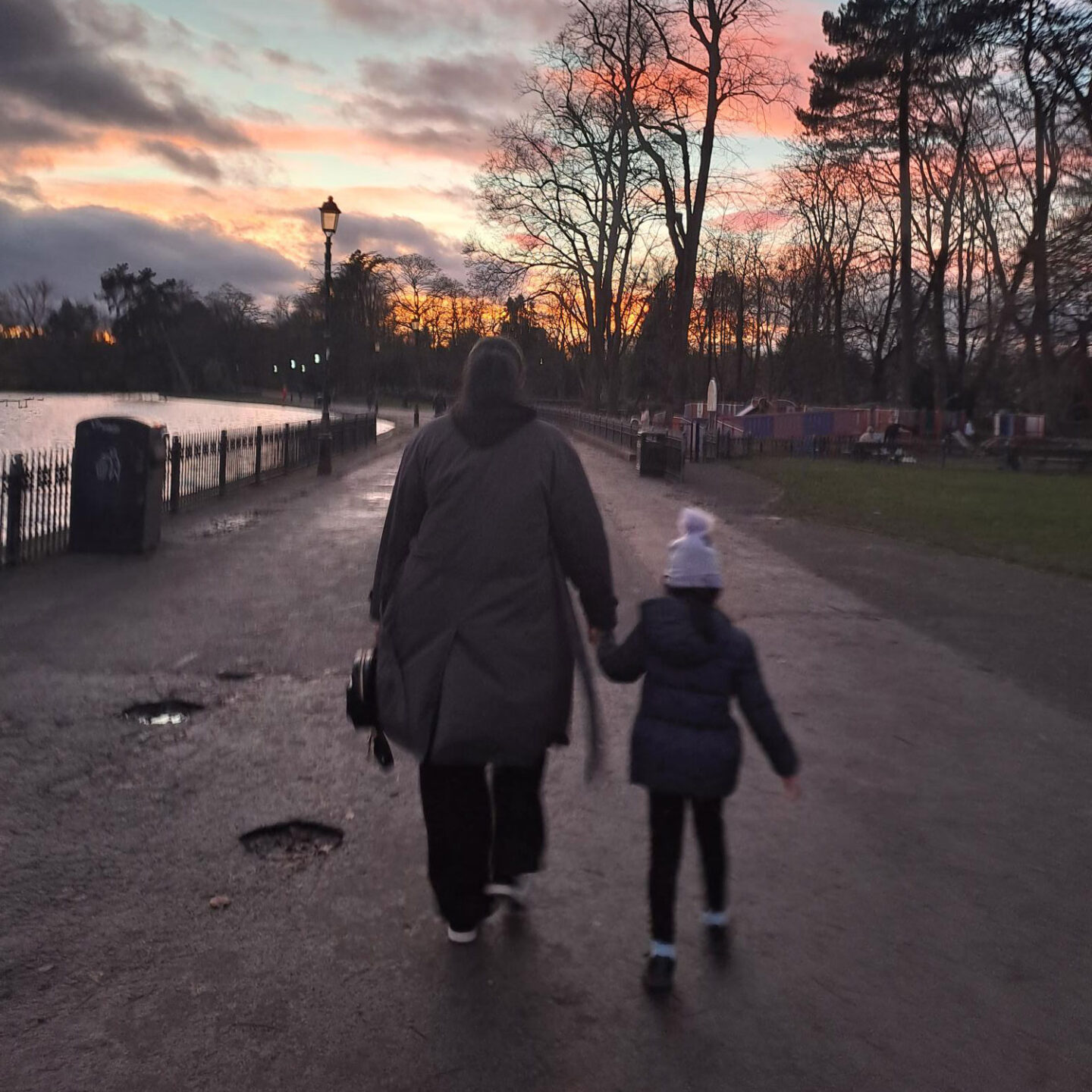The Gilgal Safeguarding Team
As an organisation that works with children and adults at risk, Gilgal has a Safeguarding Team in place to ensure the safety and wellbeing of all the survivors we work with.
In addition to keeping our team up to date with their safeguarding training, they also have a deep understanding of the complexities of domestic abuse and are trained in support roles within the refuge.
At our refuge:
- Lis is our Designated Safeguarding Lead (DSL)
- Christine is our Deputy Designated Safeguarding Lead (DDSL)
- We additionally have two Designated Safeguarding Officers (DSOs)
The Safeguarding Team work closely with the women in our refuge to respond to disclosures, advocate for the women and children in our care, and liaise with external safeguarding bodies such as social services. Their aim is to ensure we provide the best possible support and protection for every woman and child we support.
Louise Bourne, our Safeguarding Lead, sits on our Board of Trustees.

“My role is to provide oversight, accountability, and strategic direction to ensure that robust safeguarding policies and procedures are in place and effectively implemented across Gilgal. Given the vulnerability of the women we support, it is essential that trustees actively champion a culture of safety and vigilance. I meet regularly with the CEO and our internal Safeguarding Team to review practice and promote continuous improvement. The role is a critical link between frontline Safeguarding practice and board level decision making, ultimately helping to protect our women from further harm.”
– Louise Bourne, Safeguarding Lead
What is a DSL?
A Designated Safeguarding Lead (DSL) is a specially trained member of staff who’s there to make sure children and adults at risk are safe and supported. You’ll find a DSL in every organisation that works with children or adults at risk, like healthcare providers, charities, schools, and nurseries.
DSL’s job includes:
- Responding to concerns about the safety or wellbeing of an adult or child at risk.
- Recording and reporting safeguarding information appropriately.
- Referring serious concerns to external safeguarding bodies (such as the local authority or police).
- Ensuring staff understand how to respond to disclosures – where an individual reports abuse, or signs of harm.
Designated Safeguarding Leads are trained to recognise the different types of abuse, including exposure to domestic violence. They are able to identify signs of abuse and understand how best to support those affected.


